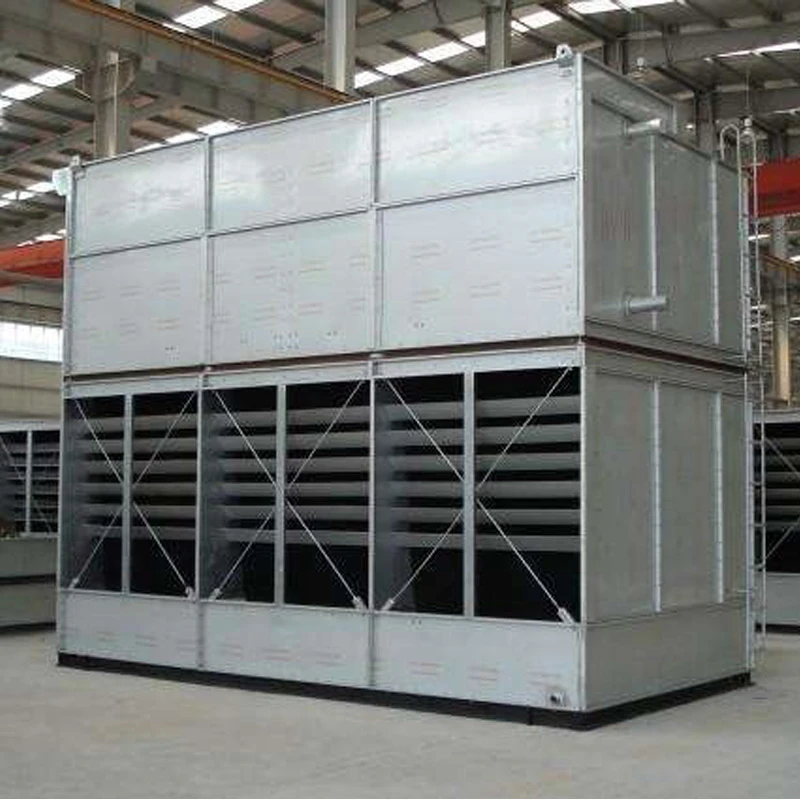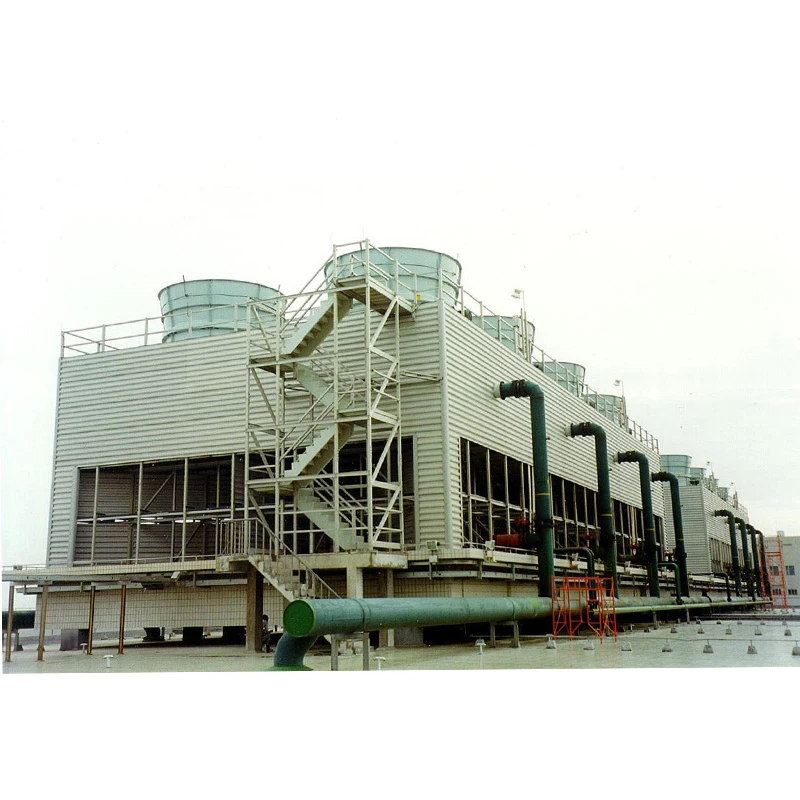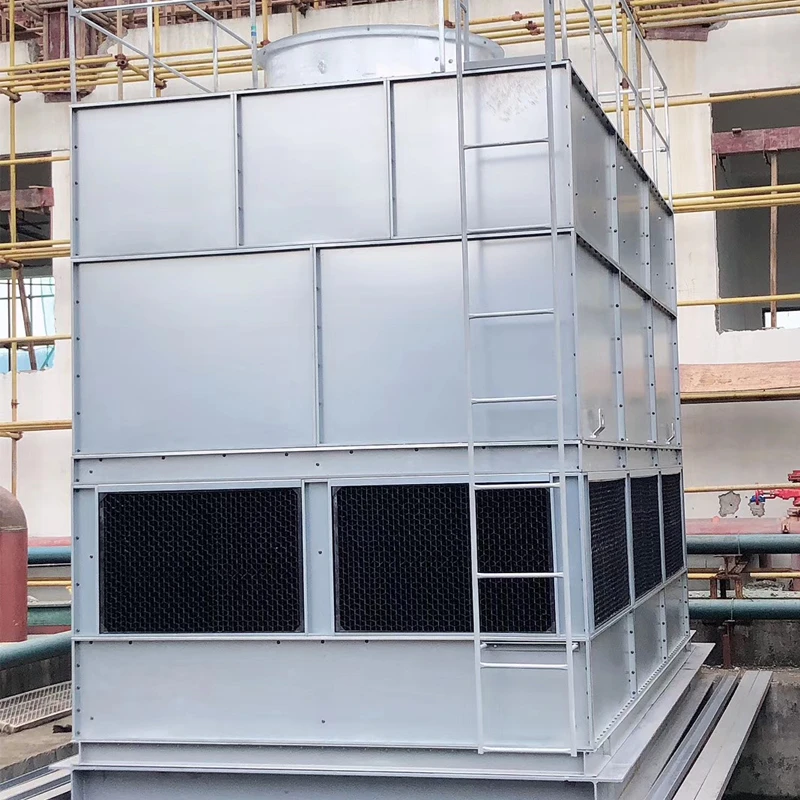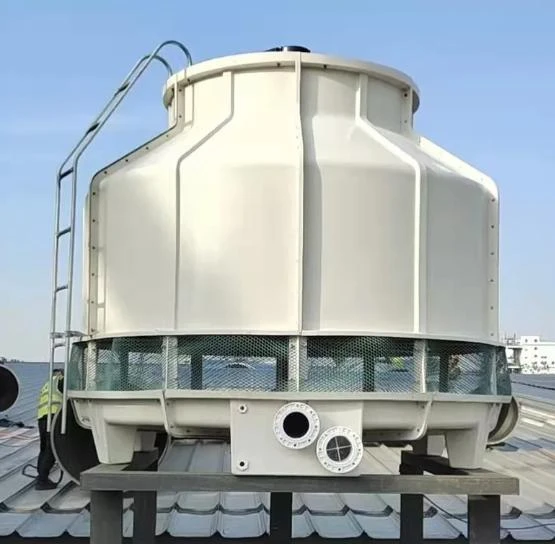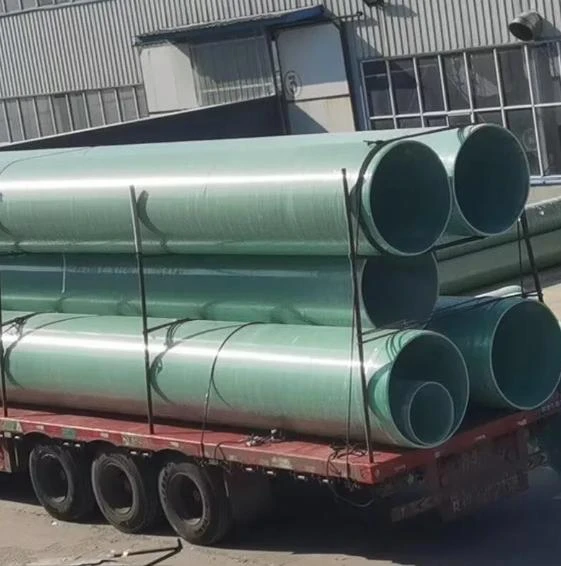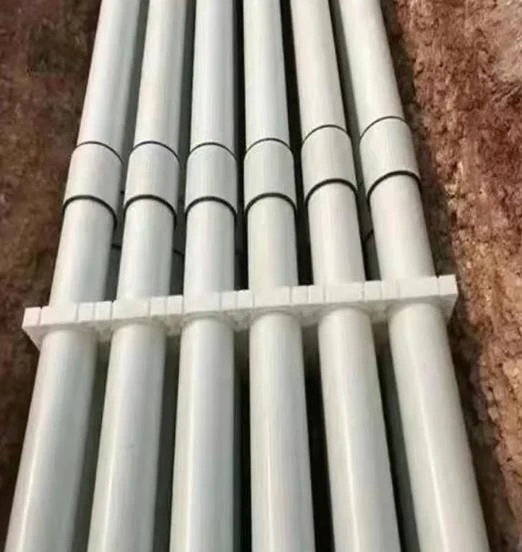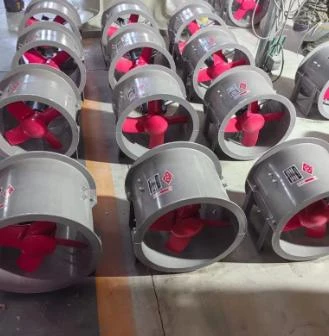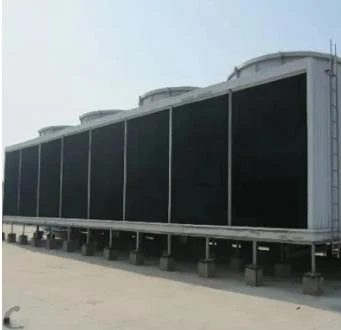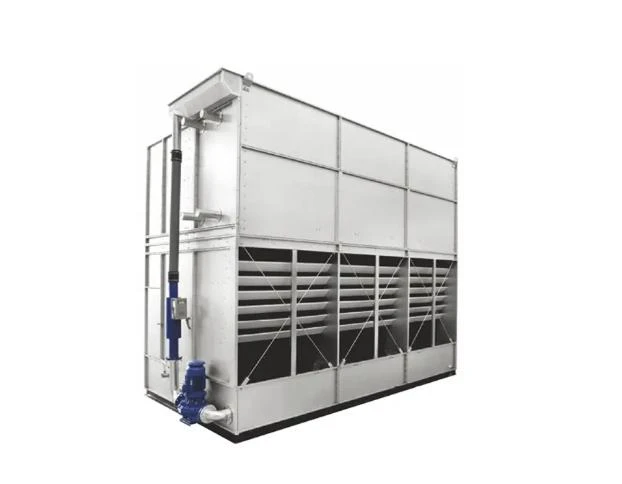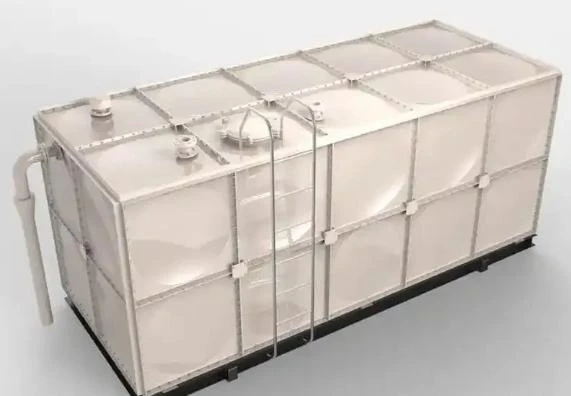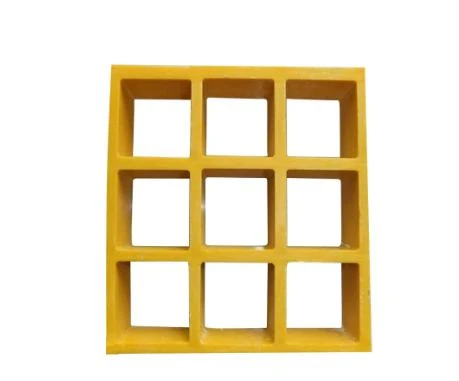

We Are Open 24 Hours a Day, 7 Days a Week, Including Weekends and Public Holidays.
- Introduction to Condenser Water Pump Cooling Tower Systems
- Exploring Cooling Tower Pump Types
- Key Technical Advantages of Modern Systems
- Leading Manufacturers and Comparative Analysis
- Customized Solutions and Design Considerations
- Application Cases and Performance Data
- Future Prospects for Condenser Water Pump Cooling Tower Technologies
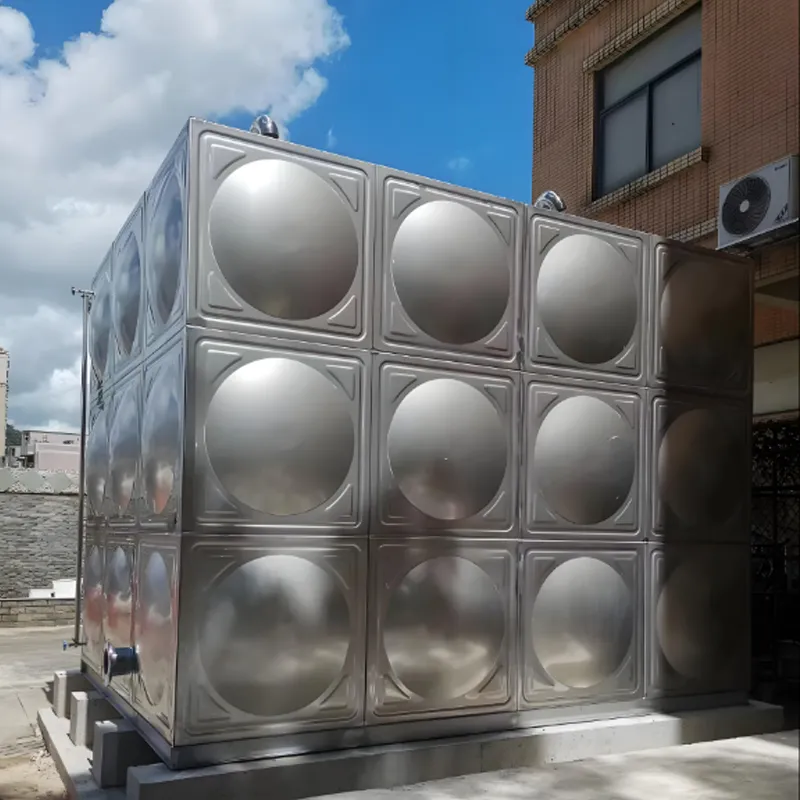
(condenser water pump cooling tower)
Introduction to Condenser Water Pump Cooling Tower Systems
Industrial and commercial HVAC systems rely significantly on integrated condenser water pump cooling tower
solutions to manage and expel heat efficiently. Such systems use a combination of water pumps and cooling towers to transfer unwanted heat from chillers or process equipment into the atmosphere, ensuring optimal operational conditions. This synergy directly affects energy consumption, environmental footprint, and system longevity within large-scale facilities. According to a 2023 survey by the Energy Information Administration, over 68% of high-rise buildings with central cooling employ condenser water pump cooling tower configurations due to their reliability, scalability, and cost-effectiveness. Understanding the core components, operational principles, and strategic benefits of these integrated systems is essential for plant managers and design engineers seeking to maximize performance and minimize maintenance costs.
Exploring Cooling Tower Pump Types
The functionality of a condenser pump cooling tower system depends largely on the choice and design of the pump. There are three primary cooling tower pump types frequently used in industry: vertical turbine pumps, horizontal split-case pumps, and end-suction centrifugal pumps. Each type features distinct advantages relative to space constraints, required flow rates, and total dynamic head. Vertical turbine pumps are favored in applications with limited floor space and deep sumps, while horizontal split-case pumps excel in high-flow, low-head scenarios and offer simplified maintenance due to their easy-access casing. End-suction centrifugal pumps are notable for their versatility and economic upfront cost, ideal for small to mid-scale installations. Selecting the right configuration ensures steady water circulation, improved tower efficiency, and minimal operational disruption throughout the cooling cycle. Furthermore, technological advancements in pump impellers and sealing technologies now allow for up to 15% greater energy efficiency compared to models released just five years ago — a critical development when reducing lifecycle costs in energy-intensive operations.
Key Technical Advantages of Modern Systems
Modern condenser water pump cooling tower setups bring remarkable enhancements in system performance and environmental stewardship. With the integration of variable frequency drives (VFDs), newer pumps can dynamically adjust speed to match real-time cooling demands, reducing energy consumption by 25% or more compared to constant speed units. Additionally, enhanced corrosion-resistant materials such as duplex stainless steel and engineered polymers have doubled pump service life under aggressive water chemistries. Water savings are another significant benefit, as hybrid and water-efficient tower designs can lower evaporative losses by up to 30% annually. An advanced telemetry feature, combined with IoT-enabled sensors, now enables remote monitoring of pump and cooling tower metrics, helping facility managers detect inefficiencies or impending failures before they escalate. These innovations culminate in lower utility expenses, maximized equipment availability, and compliance with strict environmental mandates.
Leading Manufacturers and Comparative Analysis
When assessing manufacturers, several global brands stand out for reliability, innovation, and industry leadership. Let’s compare three prominent vendors — SPX Cooling Technologies, Baltimore Aircoil Company, and EVAPCO — across key performance parameters. The following table highlights data from recent field tests, catalog specifications, and customer feedback.
| Manufacturer | Global Market Share | Pump Efficiency (Avg %) | Cooling Tower Drift Loss (%) | Max Water Flow (GPM) | Warranty Period (years) | IoT Integration |
|---|---|---|---|---|---|---|
| SPX Cooling Technologies | 29% | 86 | 0.0005 | 40,000 | 5 | Full |
| Baltimore Aircoil Company | 24% | 88 | 0.0004 | 38,500 | 4 | Partial |
| EVAPCO | 20% | 90 | 0.0003 | 42,000 | 5 | Full |
Customized Solutions and Design Considerations
Off-the-shelf condenser water pump cooling tower systems may not align with every application’s distinctive requirements, especially in mission-critical or space-restricted environments. Custom engineering often involves calculating the peak cooling load, selecting pumps with the best efficiency point (BEP) within operational range, and configuring the tower’s airflow and fill media to complement local climatic conditions. For instance, process industries in arid climates must address high water loss, so they often adopt closed-circuit cooling towers coupled with high-efficiency, low-NPSH pumps to minimize water and make-up requirements. In contrast, data centers in urban surroundings might favor compact modular towers paired with submersible pumps to optimize available roof or ground space. Collaborative design with experienced engineering teams frequently yields 12-18% improvements in total system energy efficiency and up to 40% reduction in maintenance costs through strategic pump and tower selection, tailored basin sizing, and advanced controls integration.
Application Cases and Performance Data
Real-world installations reinforce the value of properly engineered condenser pump cooling tower systems. For example, a major pharmaceutical manufacturing campus in Singapore reported a 19% annual energy savings after upgrading to VFD-controlled pumps and a high-performance induced draft tower. The installation enabled precise water temperature control, essential for maintaining strict process tolerances, while remote analytics tools detected minor system imbalances within hours rather than days. Similarly, a 60-story commercial building in New York replaced aging split-case pumps with new vertical turbine models, raising pumping system availability from 97% to 99.5%, equating to an extra 90 days of uninterrupted operation per decade. In another instance, a data center in Frankfurt opted for a custom hybrid cooling tower with smart sensors and digitally balanced end-suction pumps. This adaptation delivered over 35,000 m³ annual water savings and optimally matched pump operating curves with hourly IT load fluctuations, prolonging equipment life by an estimated 5 years. Such cases clearly demonstrate the tangible operational gains obtainable from the right selection and configuration of cooling tower pump types in concert with advanced control strategies.
Future Prospects for Condenser Water Pump Cooling Tower Technologies
Advances in condenser water pump cooling tower technologies will continue shaping the industry’s landscape. Ongoing research into ultra-low-drift tower designs and further integration of artificial intelligence for automatic pump-tower coordination promise even greater efficiency and predictive maintenance gains. The move toward greener refrigerants and more stringent water conservation laws globally are pushing manufacturers to innovate solutions with reduced water and power consumption. Emerging pump designs employing active magnetic bearings are anticipated to cut mechanical seal wear by up to 80%, translating to lower operational expenditures and less downtime. The expected incorporation of modular, self-learning controls will also enable facilities to continuously tune cooling performance in real time, responding dynamically to weather shifts and varying process loads. Ultimately, the condenser water pump cooling tower market stands poised to deliver still higher performance, reliability, and sustainability for diverse sectors — from industrial manufacturing to high-density computing facilities — well into the future.
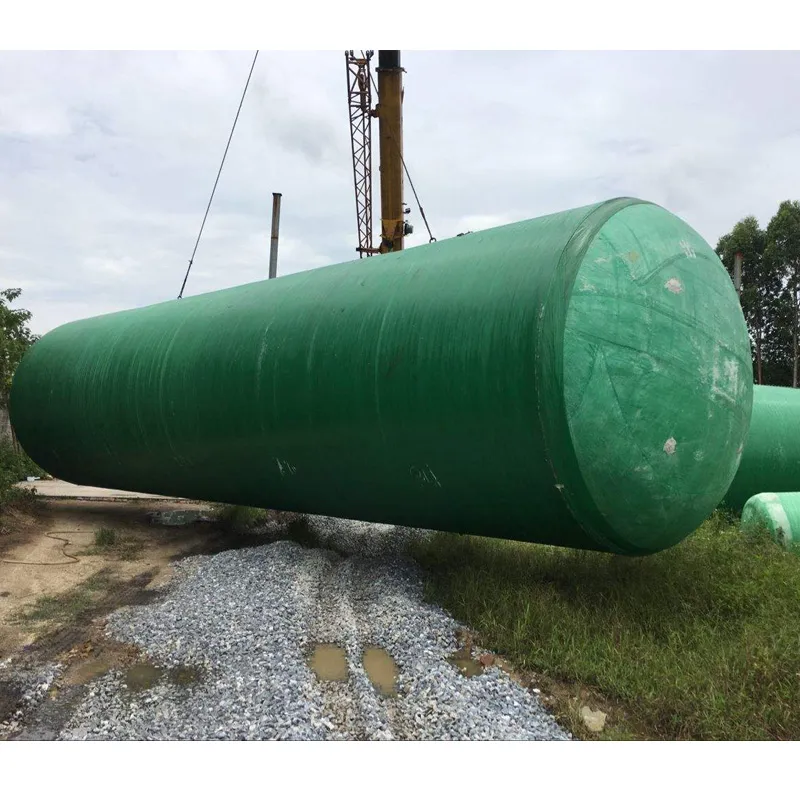
(condenser water pump cooling tower)
FAQS on condenser water pump cooling tower
Q: What is the role of the condenser water pump in a cooling tower system?
A: The condenser water pump circulates water between the chiller condenser and the cooling tower. This process removes heat from the system. It ensures efficient heat exchange and cooling performance.Q: How does a condenser pump cooling tower setup work?
A: In this setup, the condenser pump moves hot water from the chiller to the cooling tower. The tower then cools the water before it returns to absorb more heat. This closed loop enhances system efficiency.Q: What are the main cooling tower pump types?
A: The most common types include vertical turbine pumps, end-suction centrifugal pumps, and split-case pumps. Their selection depends on system requirements and installation needs. Each has advantages in terms of efficiency and footprint.Q: Why is pump selection important for condenser water cooling towers?
A: Proper pump selection ensures optimal water flow and energy efficiency. The right pump supports adequate heat removal and reliable cooling tower operation. Mismatched pumps can cause system inefficiency and maintenance issues.Q: How can I maintain my condenser water pump cooling tower system?
A: Regularly inspect pumps and towers for leaks or clogs and clean strainers and filters. Check alignment, vibration, and lubrication of the pumps. Consistent maintenance prevents breakdowns and maximizes efficiency.




Address
20 Xingyuan South Street, Zaoqiang County, Hengshui City, Hebei Province, China










